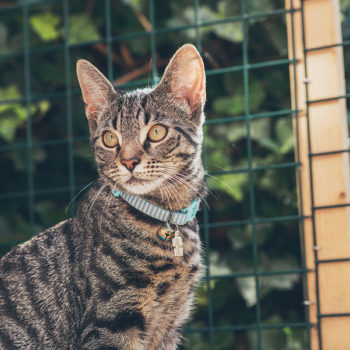Should shelters and rescue groups refuse to adopt cats to homes that intend to let the cats go outdoors?
Tanya Hilgendorf is president and CEO of the Humane Society of Huron Valley in Ann Arbor, Mich., where she believes the best adoptions happen when you match the right cat to the right home — even if that’s an indoor/outdoor pet home, a “working cat” placement in a barn or warehouse, or even an entirely outdoor home for some friendly cats.
“I think the research is paltry on the true dangers of indoor/outdoor life, and many shelters and rescue groups repeat myths, like an average lifespan of 4 years for cats who go outside, that are simply untrue,” she said. “If you do or support TNR, SNR or barn adoptions, then you know that cats are incredible survivors who, generally-speaking, love being outside. And after all, how can we as industry say that TNR is okay, but the worst thing in the world is to let your cat outside?”
Hilgendorf thinks there’s something fundamentally flawed in the way “indoor only” adoption organizations are looking at risk. “They overlook one fact: There are also dangers to never going outside, like boredom, obesity, getting lost or hiding in terror when getting out accidentally, poor adaption to shelter life if they find themselves there, fighting in multi-cat households, elimination problems, being trapped 24/7 in a house with an obnoxious dogs or rambunctious children.”
She added, “And remember, violence isn’t just an outdoor threat. Many households suffer from family violence and cats are also victims. Sometimes cats need a way to escape their human tormentors.”
After all, she pointed out, “My dogs and my human child are also in danger when leaving the house, but I don’t deny them the right to have sun on their faces and grass under their feet. All of my cats enjoy regular or occasional time on my deck and in my yard in warmer weather. As far as I can see, it is a fun and relaxing joy that is unrivaled inside the house.”
Indoor/outdoor life is not for every situation, cat or adopter, she said, “but allowing people and cats some choices and education, is what we find works best.”
Don’t miss more innovative ideas for pet fostering, adoption, shelter medicine and stories about how pets make our lives better and happier — sign up here!

